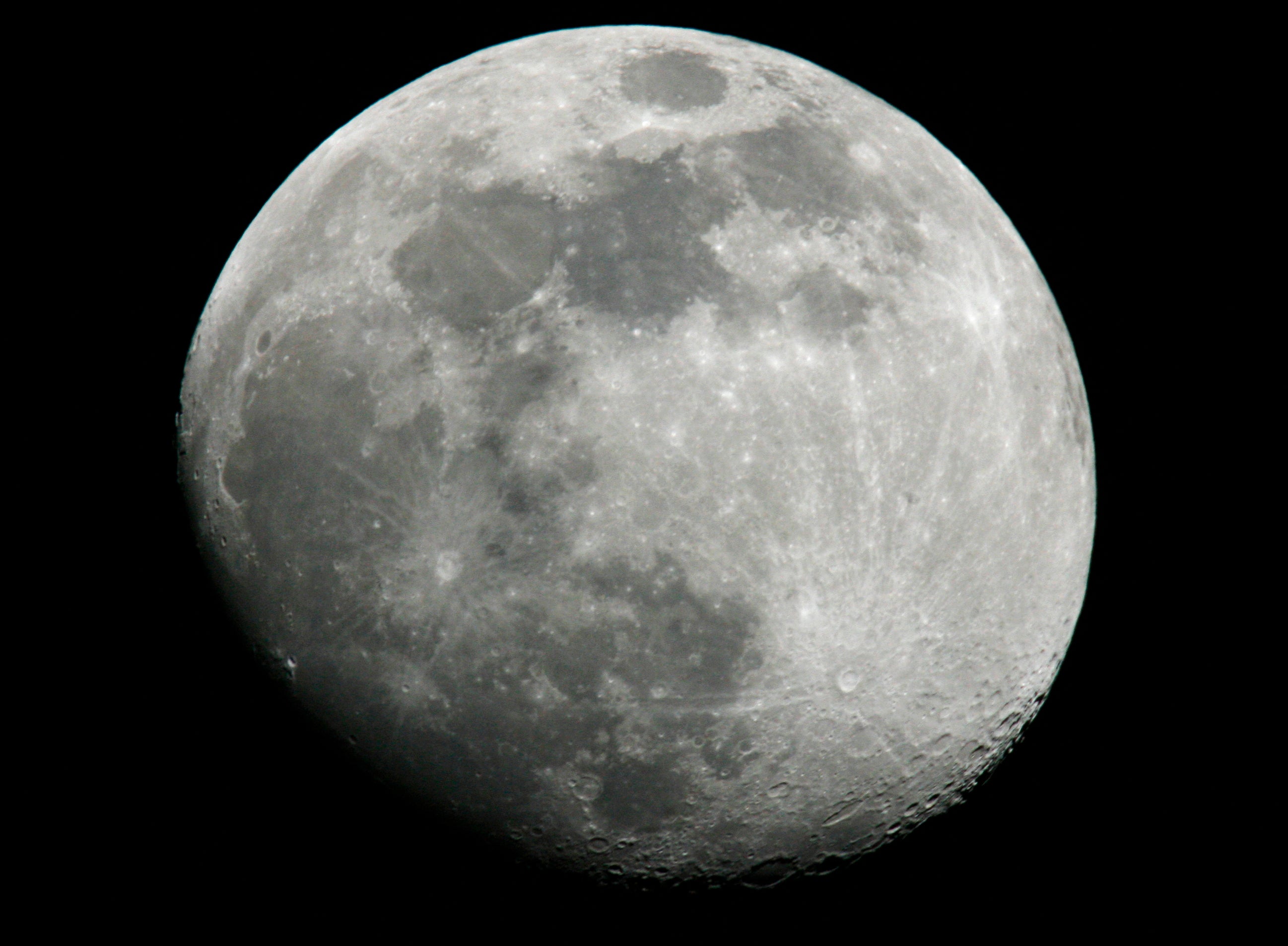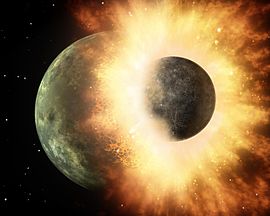The Independent's journalism is supported by our readers. When you purchase through links on our site, we may earn commission.
Scientists explain mystery of our 'lemon Moon'
A new accurate map of the Moon has shown that it bulges slightly at one side and is flattened at the top and bottom - but how did it get this way?

It might look like a perfect sphere to you and I but scientists have declared that the Moon is most definitely “lemon-shaped”.
Researchers from the University of California published a new study in the journal Nature that uses advanced laser technology to smooth over the craggy lunar surface (one of the traditional difficulties in accurately measuring the Moon) and concludes that our satellite is "surprisingly distorted".
Like our own planet, the Moon has an equatorial bulge and is slightly flattened on the top and bottom - but unlike the Earth this paunch is only on one side. "Like a lemon with an equatorial bulge,” said Professor Ian Garrick-Bethell, a planetary scientist and author of the study.
However, while the Earth's oblate spheroid nature is explained by the vast rotational forces caused by it spinning around (it turns at a quite staggering rate of around 1000 miles an hour) the Moon barely spins at all - so why is it so lumpy?
Other explanations for the satellite's lemon-shape also have to be thrown out: the Moon is too far away from the Earth to be affected by tidal forces and it has no plate tectonics that might have rucked up its surface.

For an explanation Professor Garrick-Bethell and his team had to return to the formation of the Moon - an event known as 'the Big Splash' which occurred some 4.5 billion years ago: an unknown body around the size of Mars collided with the Earth, flinging up vast amounts of debris that were snared by our planet’s gravity and that slowly coalseced, forming into the Moon we see today.
Shortly after this only the surface of the Moon would have actually been solid – a thin crust floating upon a viscous goop of melted rock. The Moon would also have been much closer to the Earth and spinning faster than it is today as a result of the just-gone planetary impact.
If you combine all these factors together, says the Professor, you have a decent explanation for the Moon's current shape. As it spun and cooled it bulged in the middle like a spinning water balloon (much like the Earth), keeping this shape as the gigantic forces that created it slowly wound down, moving away from the Earth into a much cooler orbit.
The result? A Moon that is 'frozen' in time at the point of its violent creation, lumps and all. It just goes to show that there’s nothing like those wild early years to leave a lasting impression on a body.
Join our commenting forum
Join thought-provoking conversations, follow other Independent readers and see their replies
Comments
Bookmark popover
Removed from bookmarks